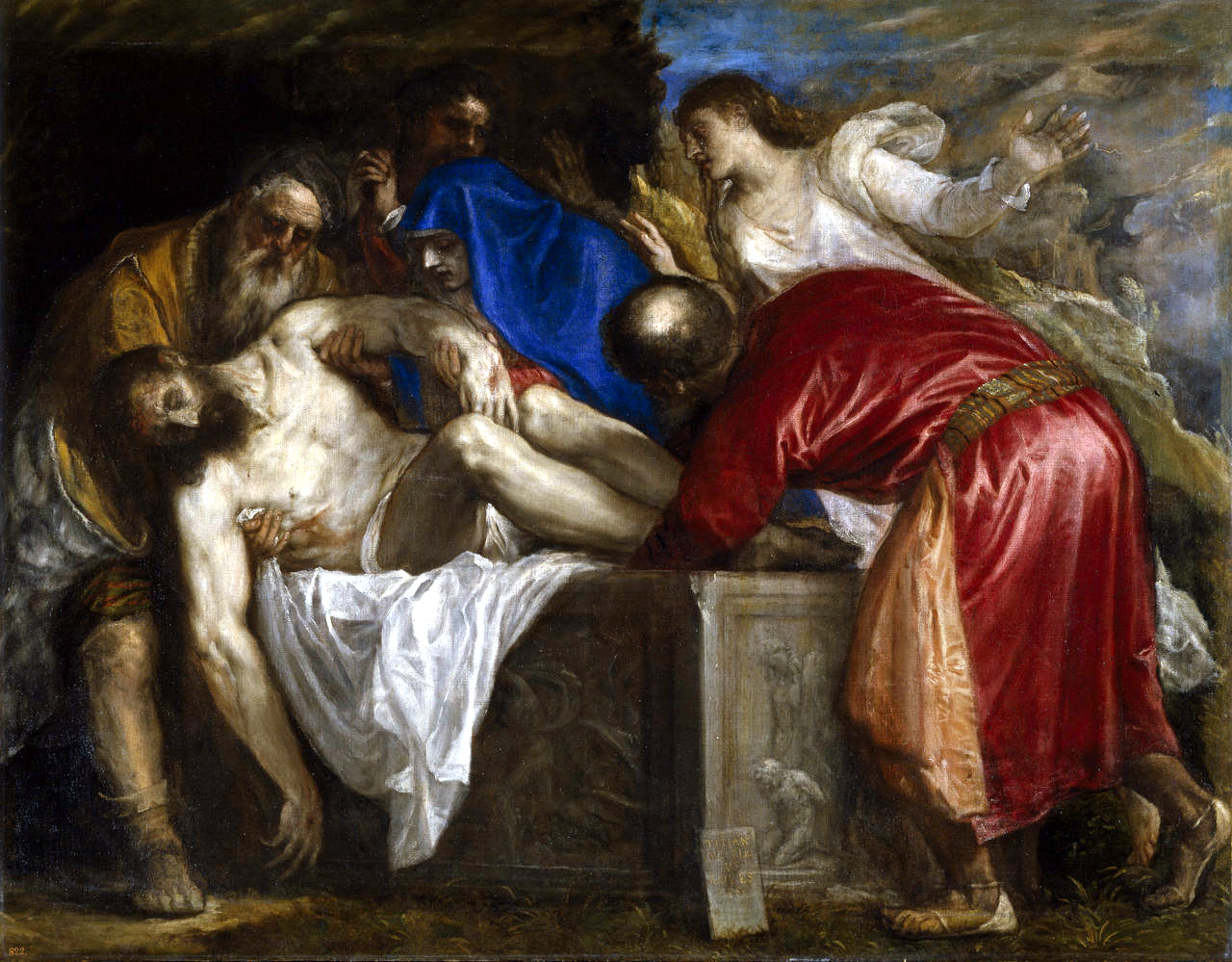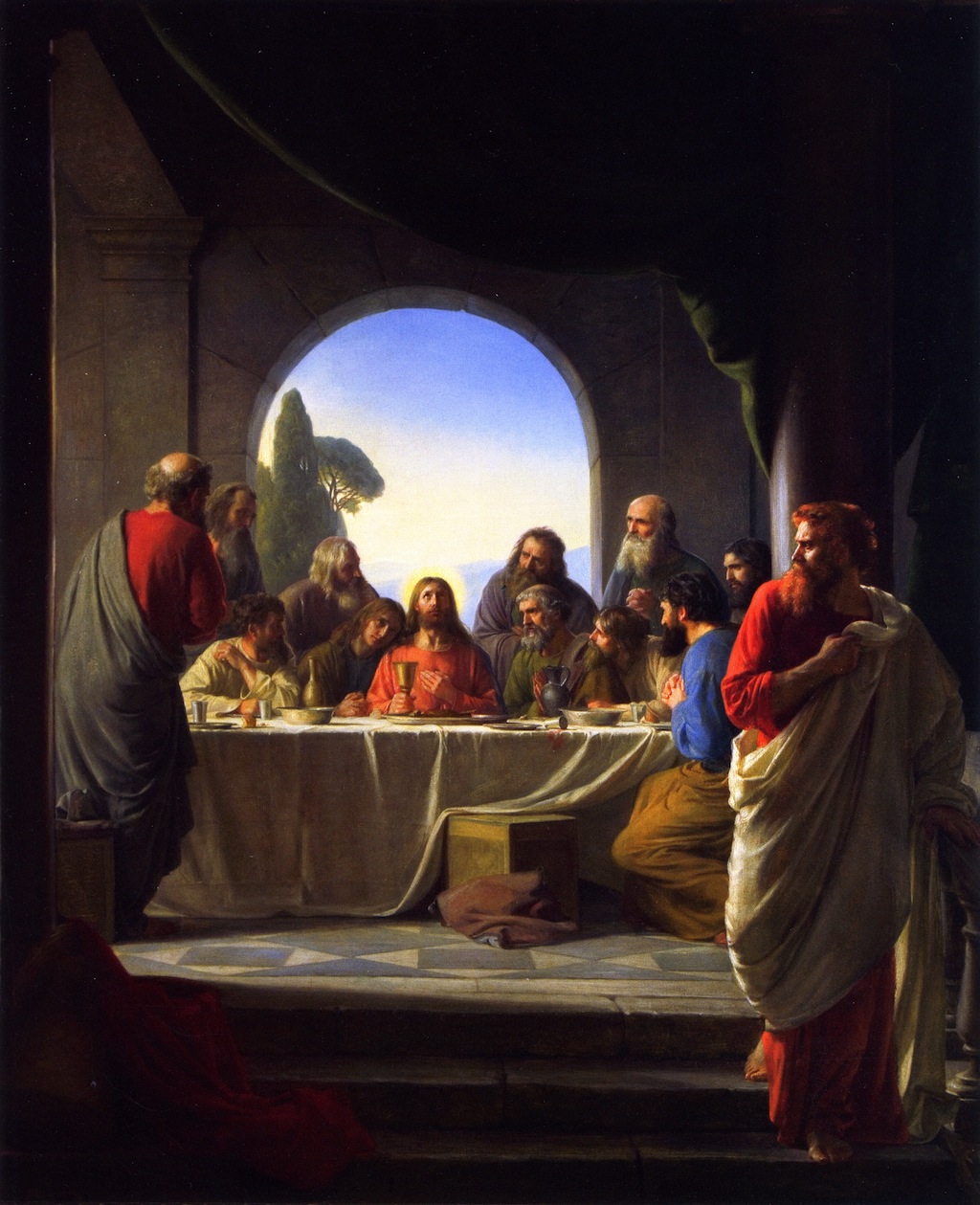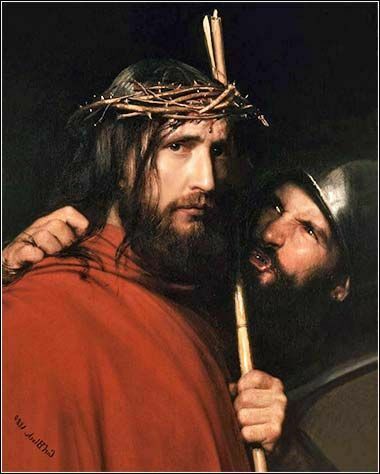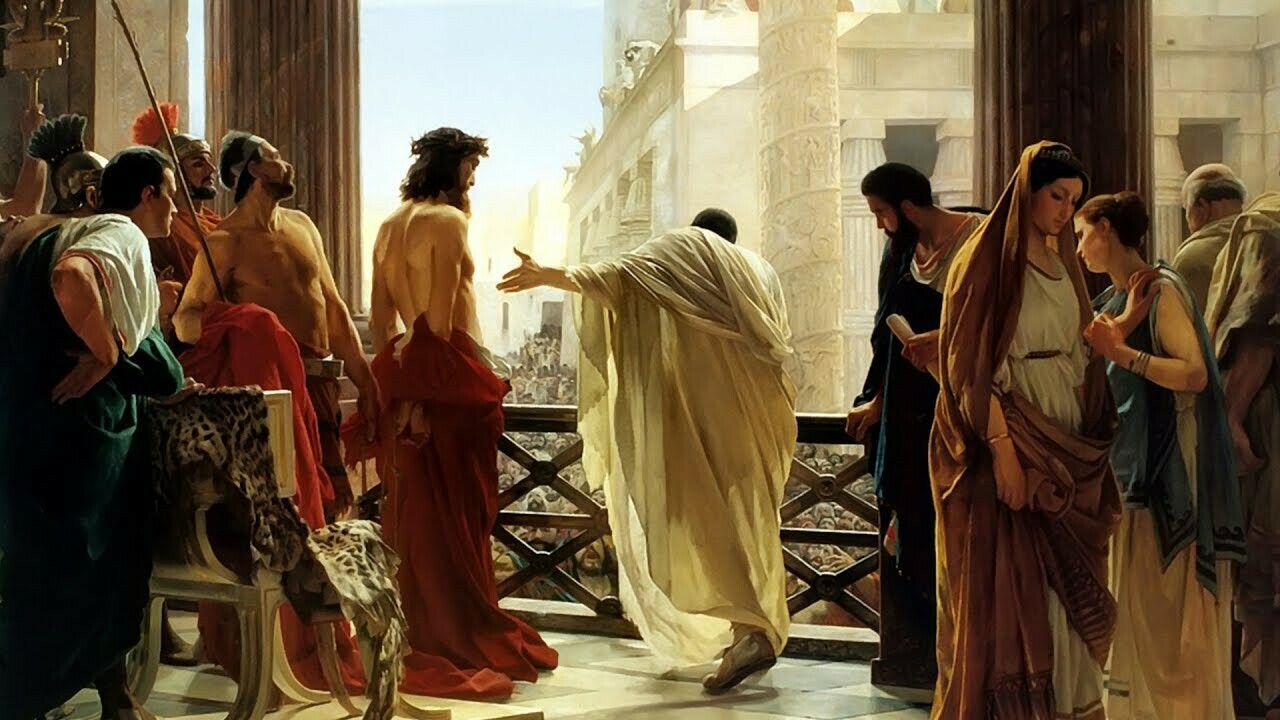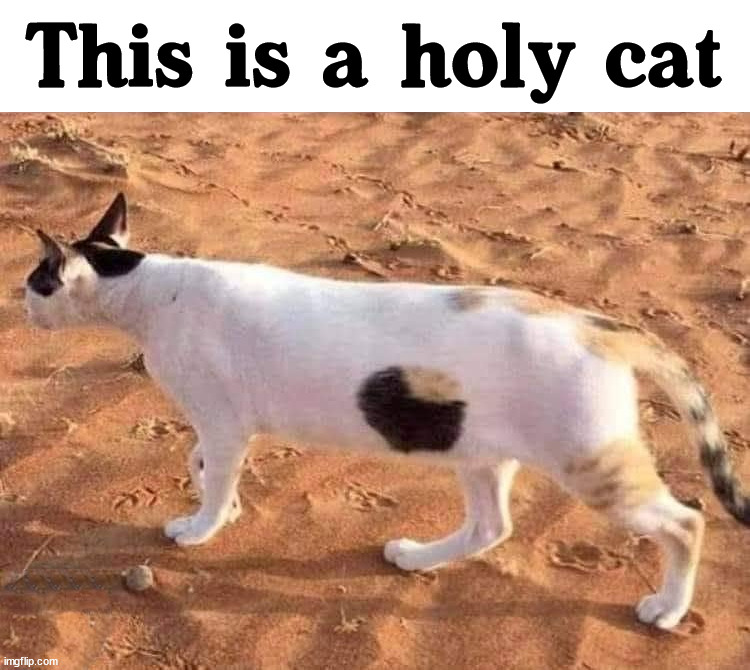#holy

Zodiac Sign: #Sagittarius
Degree: 13:20 to 26:40 Sagittarius
Purusharth: #Moksha
Deity: #Apas (Goddess of Water)
Gana: #Manushya
Direction: #East
#Purvashada means "one who cannot be defeated" in #Sanskrit. #Venus, the planet's ruler, and Apas, the deity and goddess of #holy #waters, bring beauty and hope. As a result, everyone born under this #nakshatra is attractive and exudes charm.
An "Elephant's tusk" or "a fan/winnowing machine which separates grains from the husk" is the emblem for the #PurvaAshada nakshatra. Additionally, this nakshatra is linked to feminine traits like advancement, perseverance, bravery, and optimism. It gives people a guiding light that encourages them to promote information and awareness.
CHARACTERISTICS:
You act in a godly and modest manner. You maintain your convictions firmly and are highly sensible. You also have a secret talent for writing; in particular, you might enjoy reading and creating poetry. However, you do have one flaw: You tend to make hurried decisions, which also lead to misunderstandings. You have a unique quality in that once you make a decision, you follow through on it. Regardless of whether your choice was good or bad. Nobody can influence your decision more than you can, and you have the authority to make it right now. People fall head over heels for you just because of this trait of yours. You are the one who will not give up because of your incredible self-confidence. Additionally, you will maintain incredible patience under challenging circumstances. You strive for success and are always willing to take chances. You wait for the appropriate moment with all of your endurance and faith. Obstacles never cause you concern. Your education will be excellent, and you will succeed in the medical field exclusively. You'll also be quite interested in yoga and other spiritual pursuits. Your staff must be trustworthy and honest if you want to be a truly successful businessperson. You constantly have affection and love for everyone in your heart. You receive enough respect and recognition in society just because of this trait in your personality.
You constantly strive to smile. You are kind and interested in performing and other arts by nature. Additionally, you have a strong interest in literature, demonstrating your familiarity with it. You act honorably and with a good heart. Because you maintain friendships for a lifetime, it will be appropriate to refer to you as an ideal friend. Your words define who you are as a person. Your personality will be very attractive, and your education will be pretty solid. You'll be energized and enthusiastic. You never give up when things are bad. You have a great dislike for lying since you think it's important to always speak the truth. When it comes to your health, you need to take good care of it and you shouldn't ignore any problems with your breathing.
SUITABLE JOBS FOR THOSE BORN UNDER PURVASHADA NAKSHATRA:
Navy, Sailors, Marine Engineers, Packaged Water Business, Oil Refinery, Biologist, Artist, Philosophers, Tourism Industry
MEN BORN UNDER PURVASHADA NAKSHATRA - CHARACTERISTICS:
Male inhabitants of the Purvashada nakshatra tend to be very self-assured. Despite the fact that they make excellent advisors, they dislike receiving counsel. They hold firmly held opinions and will not compromise on them. They argue and exert dominance. They think of themselves as superior to their colleagues and have great intelligence and sharp wits. They make decisions based solely on instinct and do not weigh the evidence. They show-off their bravery and heroism, but when the time comes, they revert to their fears. They act impulsively and don't weigh the advantages and disadvantages of their choices.
Married life in Purvashada nakshatra indicates positive trends. This nakshatra's males frequently married later in life. They spend a lot of time enjoying being single. Following marriage, they maintain a friendly contact with their spouses. They are lovely and decent if they have a housewife. They make no effort to get along with one another. They frequently follow the flow. With time, their love for one another only deepens. In conclusion, it can be claimed that they are enjoying their marriage.
WOMEN BORN UNDER PURVASHADA NAKSHATRA - CHARACTERISTICS:
This nakshatra's females are energized and eager to take on and succeed in any endeavor. They have excellent intelligence and are intelligent. They hold the highest ranks in any organization and have a very high level of ambition. They have excellent credentials and win academic honors. They come from the group of top pupils in every school batch. They are rational and weigh the advantages and disadvantages of a situation before making a choice. Whether someone agrees with them or not, they stick up for what is right and never hesitate to speak up about it. They enjoy animals a lot. They pledge and create plans but don't follow through. They speak the truth and have a strong will.
Purvashada female's marital experience is excellent. If they decide to stay at home, they will run their homes efficiently. However, if they were working, their spouses would split the household chores evenly. After a certain age, their connection will only become passionate or romantic.
COMPATIBILITY:
Compatible with people born in Ashwini, Bharani, Magha, Ardra, Mula Nakshatra, and Purva Phalguni Nakshatra.
WEALTH FOR PURVASHADA NAKSHATRA INDIVIDUALS:
Purvashada natives have easy careers. In whichever vocation they pick, they are successful. They stand an excellent possibility of becoming an effective physician. Because they wouldn't be able to find a reliable team, the business line is a dangerous professional path. The native women give the household a respectable amount of income. They would be wealthy enough to buy everything they want. They have established careers, and some might not be aware if they bring home too much money. The contribution of the females of this nakshatra in terms of riches pleases their family members.
PURVASHADA NAKSHATRA PADAS:
1st Pada (Leo): Proud, Like Attention, Courageous, Confident
2nd Pada (Virgo): Extroverts, Over-thinker, Attain Success after Struggle, Careless
3rd Pada (Libra): Live in Luxury and Comfort, Cheerful, Talkative, Mentally Tough
4th Pada (Scorpio): Spiritual, Secretive, Strong, Brave, Straight Forward
SIGNIFICANCE OF DIFFERENT PLANETS IN PURVASHADA NAKSHATRA:
#Venus: An individual with Venus in Purvashada Nakshatra is likely to be exceptionally intelligent and knowledgeable. Additionally, they are renowned for having excellent language skills.
Jupiter: An individual with Jupiter in Purvashada Nakshatra is likely to be exceptionally intelligent. They are regarded as the top counsel somebody might seek out in difficult situations.
Rahu: Rahu in Purvashada Nakshatra has a tendency to make the natives seem like very dissatisfied beings. They never seem content with what they currently have and are constantly in search of more.
Mars: Mars in Purvashada Nakshatra tends to make people very sympathetic. Additionally, the people develop a nurturing temperament for the people they care about.
Sun: When the Sun is in the Purvashada Nakshatra, people may become more egotistical and violent.
Moon: The influence of the moon in Purvashada Nakshatra tends to make people excellent counselors. When someone has a question about something, they will turn to the native to ask them for help.
Mercury: When Mercury is in Purvashada Nakshatra, the natives appear to be very imaginative and artistic.
Saturn: When Saturn is in Purvashada Nakshatra, people tend to be extremely diligent creatures. On the basis of their commitment to hard effort, the locals will succeed in everything.
Ketu: An individual is more likely to take a serious interest in research-based endeavors while Ketu is in Purvashada Nakshatra. The natives will like conducting research and may decide to make it their profession.
Coil - Sea Priestess
🌘🌒
www.youtube.com/watch?v=oyIjyVVjIoc
#coil #sea #priestess #moon #musick #holy #minimalism #sacred #music
#Holy #Cow
A young cow escaped from it's field near #Feltham, West #London. Look at what the FILTH in the Met Police did
Is it just me who finds this #disturbing, #frightening and #sinister ? I'm actually quite shaken up after seeing this.
https://t.me/UnityNewsNetwork/18562
if you ever had any doubt #ACAB criminally insane idiots will surly rot in hell for eternity
https://www.bitchute.com/video/2ozC9wpvPE8/
Vibe Rant is back with the fan favorite #AstroHerbalism team! Tonight's topic is the #World #Tree and the symbolism associated with this fractal #cosmology. #Herbalists Kyle Denton (Tippecanoe #Herbs) and Michelle Lundquist (The #Healing Home) team up to deliver doctrine of signatures correlations between #medicinal #plants and the #cosmic #center. Mario Garza of Symbolic Studies brings the gnosis on toroidal patterns, #holy #mountains, and the ever-relevant #axis #mundi, making this a can't miss episode!
AstroHerbalism: Medicine of the World Tree, with Kyle, Michelle, & Mario | Vibe Rant 130
https://thehiddenlighthouse.blogspot.com/2009/03/the-holy-land-is-human-brain.html
The #Holy land (promised land) is the HUMAN #BRAIN, #God is NOT a Real Estate agent

#christianity #goodfriday #holy #week
March 39, 2024; Friday
The Crucifixion Death of Jesus Christ. The King of The Jews.
Known as Good Friday which is also known as Holy Friday and Black Friday. It culminates in Easter Sunday, which marks his resurrection.
Artist: Carl Heinrich Block
1870
#Gostisism & the #Cathars - The “ #Holy #Crusade” to EXTERMINATE This Belief
https://www.youtube.com/watch?v=5hmQD92DJTY
#history
Gostisism & the Cathars - The “Holy Crusade” to EXTERMINATE This Belief







